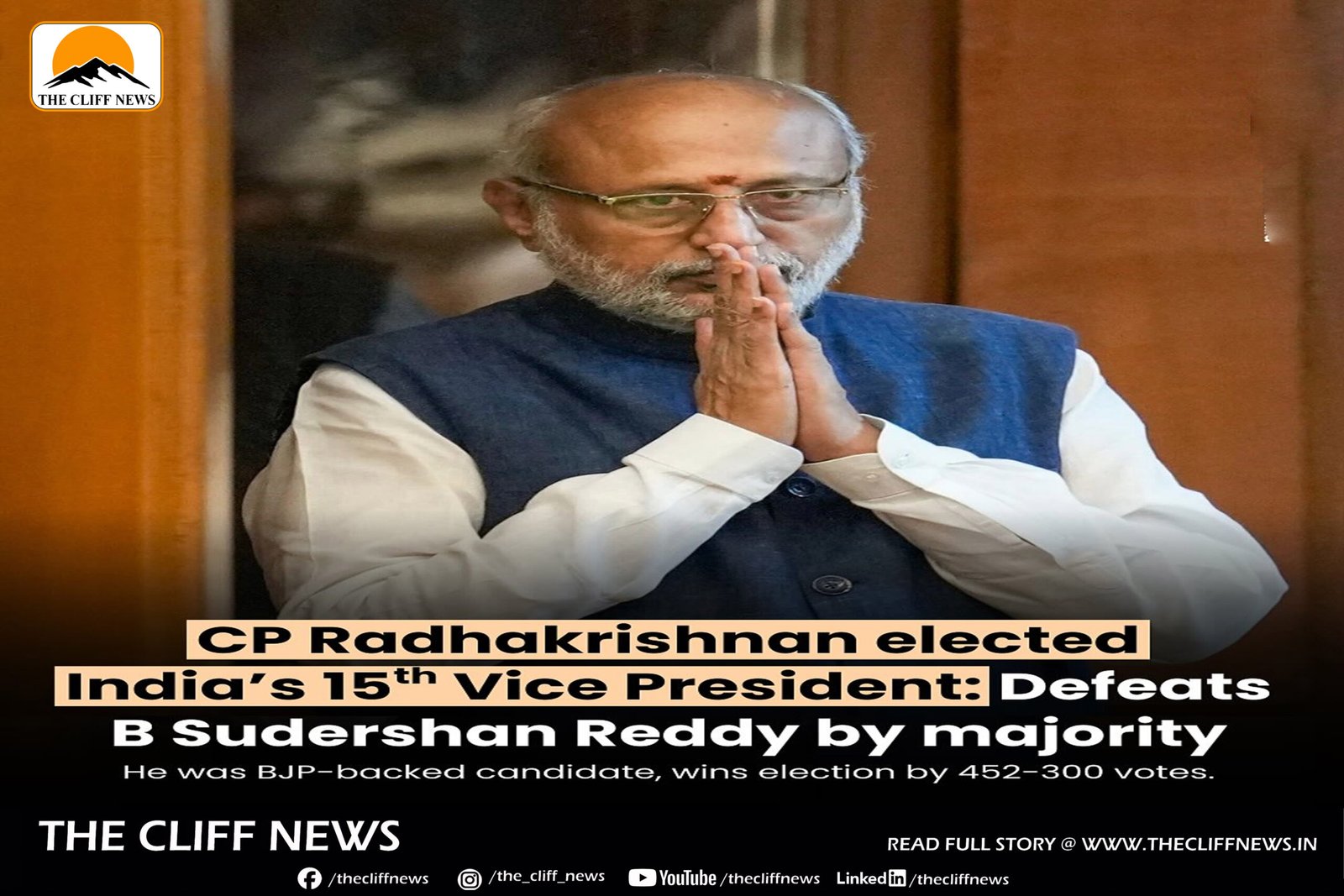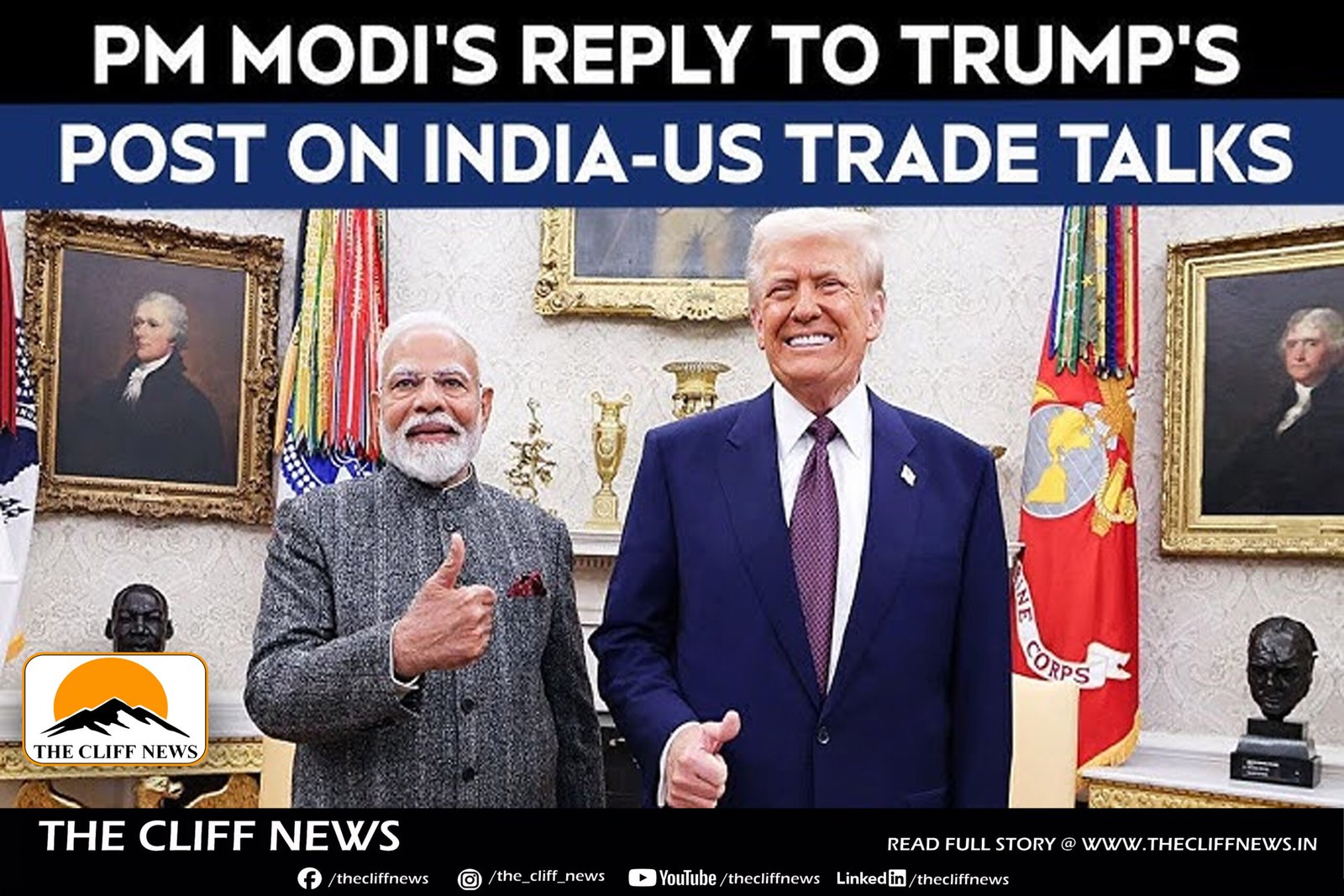The Bharatiya Janata Party (BJP) continued to dominate the political donation landscape, receiving a staggering ₹2,243.94 crore in donations during 2023-24, according to the latest report by the Association for Democratic Reforms (ADR). This marks a 211.72% jump from the ₹719.85 crore received in 2022-23.
In comparison, the Indian National Congress (INC) received ₹281.48 crore, reflecting a 252.18% increase from the previous year’s ₹79.92 crore. Despite the growth, Congress’s donation total was still over six times lower than that of the BJP.
🔍 Key Figures from ADR Report:
| Party | Donations Received (2023-24) | % Change (YoY) |
|---|---|---|
| BJP | ₹2,243.94 crore | +211.72% |
| Congress | ₹281.48 crore | +252.18% |
| AAP | ₹11.06 crore | -70.18% |
| CPI(M) | ₹7.6 crore | Not specified |
| NPP | ₹14 lakh | Not specified |
| BSP | ₹0 | First time in 18 years |
🧾 Transparency Concerns:
The ADR report flagged transparency lapses, stating that:
- BJP, Congress, CPI(M), and NPP did not disclose PAN details for 889 donations, amounting to ₹19.8 crore.
- 84 donations had missing or incorrect PAN details, including:
- Congress: ₹73.90 lakh
- BJP: ₹51.70 lakh
- CPI(M): ₹33 lakh
- The BJP alone declared 1,564 donations worth ₹1,384.6 crore with incomplete cheque or DD details.
The lack of cheque numbers, bank names, and encashment dates makes it difficult to trace the origin of funds, the report noted.
🟣 BSP’s Decline
The Bahujan Samaj Party (BSP) reported zero donations above ₹20,000 for the first time in 18 years, signaling a sharp erosion in its financial and political base. Once a formidable force in Uttar Pradesh, the BSP has faced severe electoral setbacks:
- No seats in 2024 Lok Sabha polls
- Only one seat in the 2022 UP Assembly election
📈 Total Donations to National Parties (2023-24):
- Combined declared donations: ₹2,544.27 crore
- Up from ₹850.43 crore in 2022-23 — an overall increase of 199.17%
The massive spike in donations, especially to the BJP, once again brings into focus the disproportionate funding patterns and transparency gaps in political finance.



